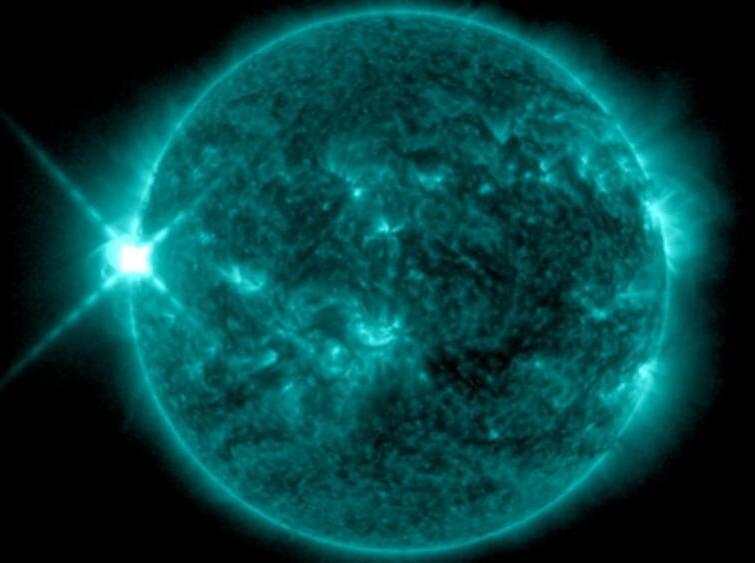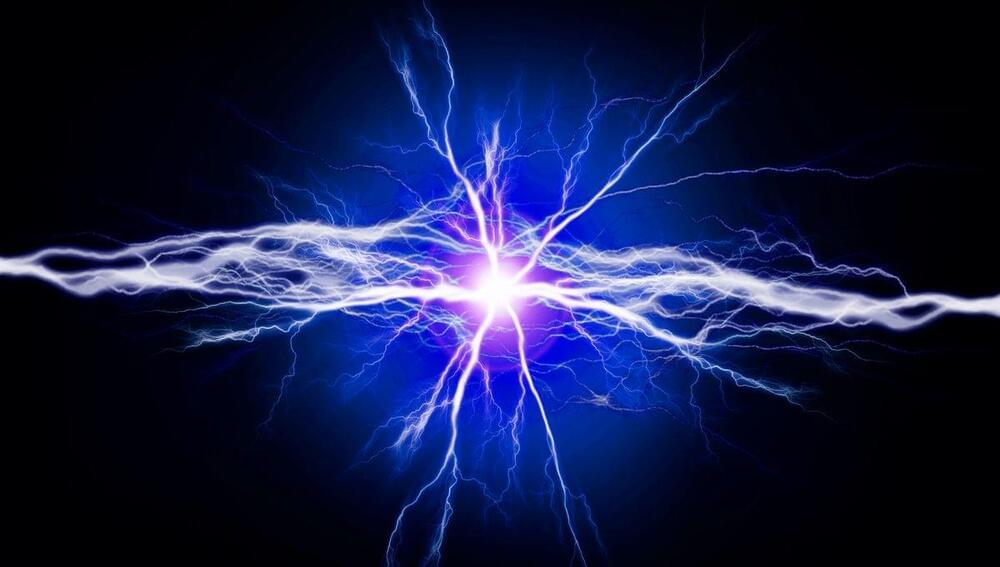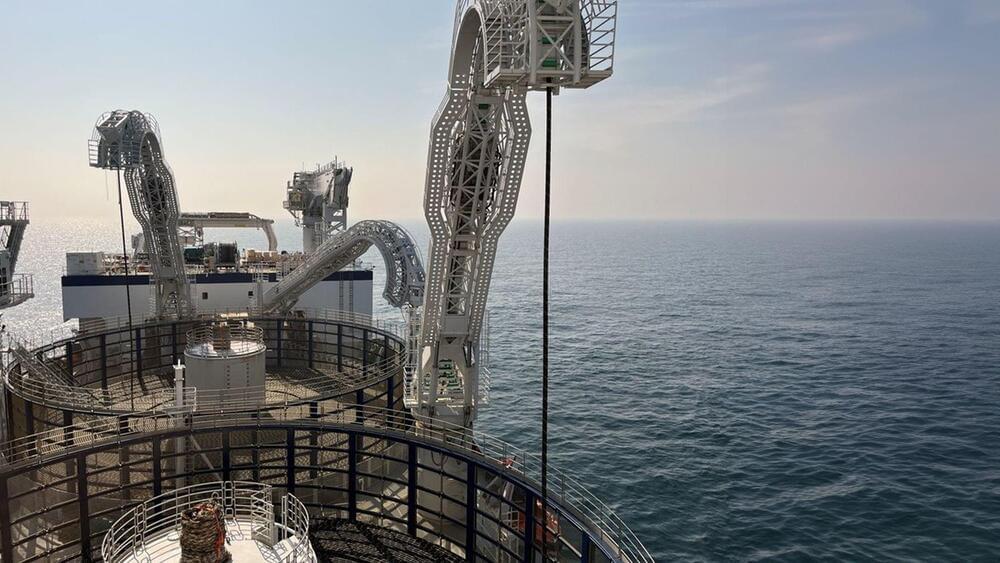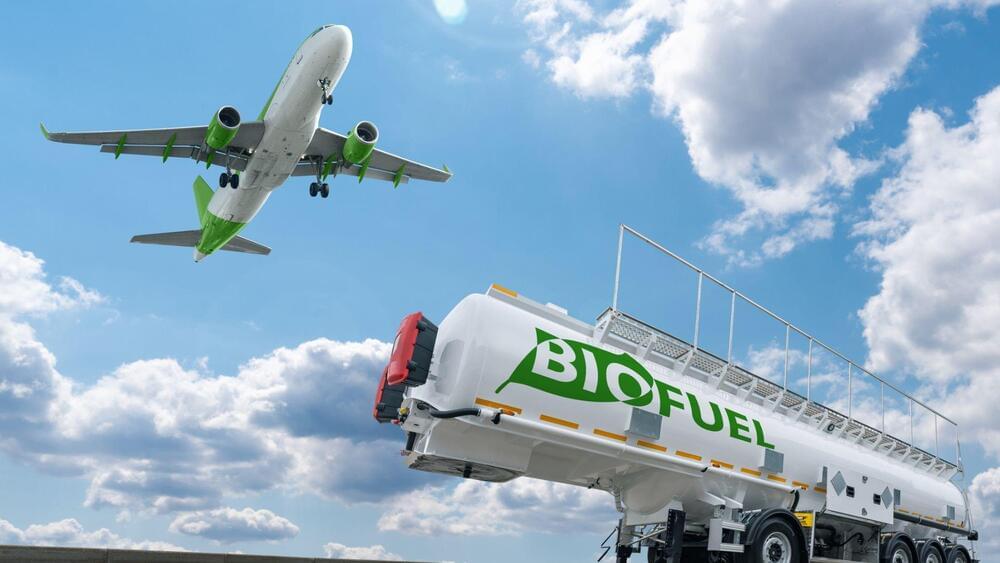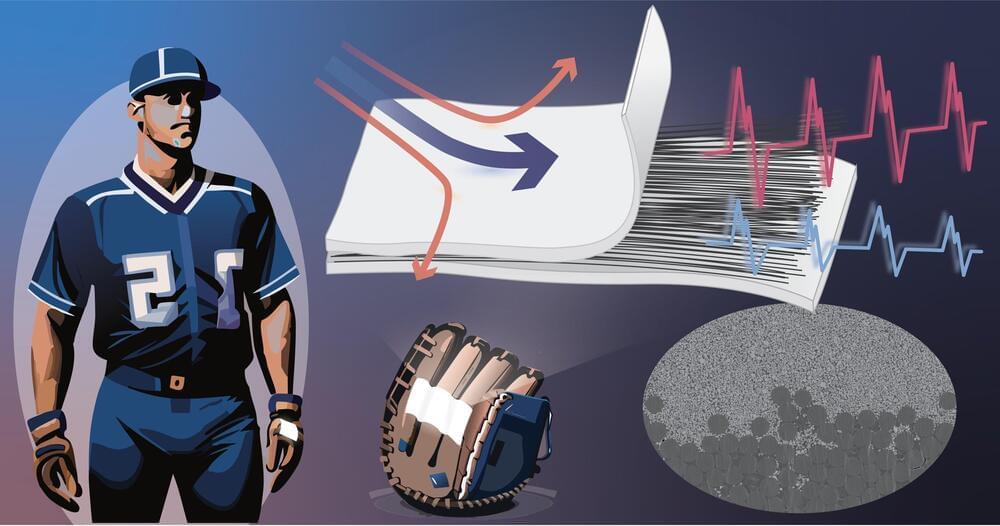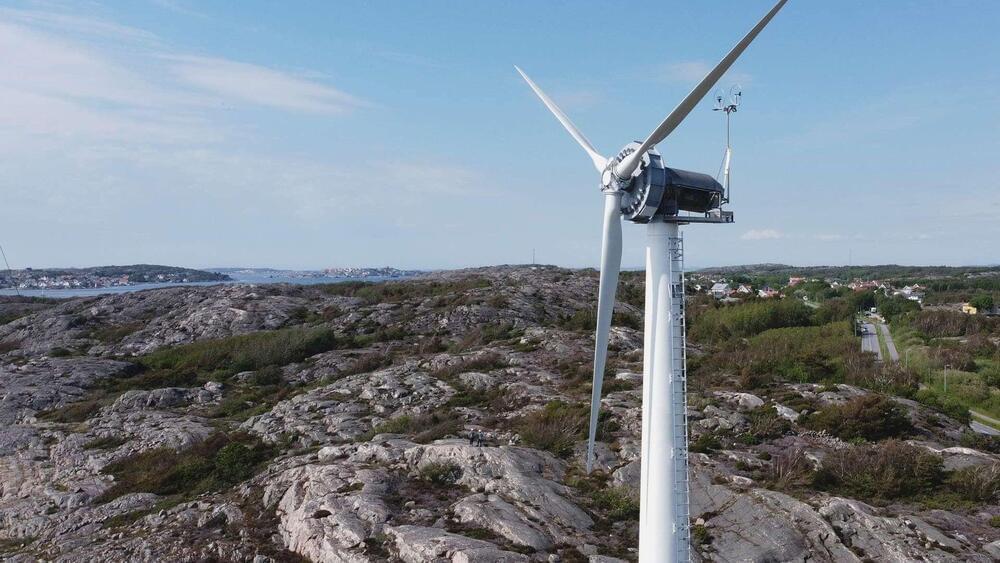Jan 5, 2024
Breaking Astrophysical Boundaries: LST-1 Discovers Most Distant High-Energy AGN
Posted by Saúl Morales Rodriguéz in categories: energy, space
LST-1’s discovery of the distant quasar OP 313 at high energies marks a milestone in astronomy, highlighting the telescope’s advanced capabilities in exploring the farthest reaches of the universe.
On December 15, the Large-Sized Telescope (LST) Collaboration announced through an Astronomer’s Telegram (ATel) the detection of the source OP 313 at very high energies with the LST-1. Although OP 313 was known at lower energies, it had never been detected above 100 GeV, making this the LST-1’s first scientific discovery. With these results, OP 313 becomes the most distant Active Galactic Nuclei (AGN) ever detected by a Cherenkov telescope, further showcasing the LST prototype’s exceptional performance while it is being commissioned on the CTAO-North site on the island of La Palma, Spain.
The Nature and Observation of OP 313.




